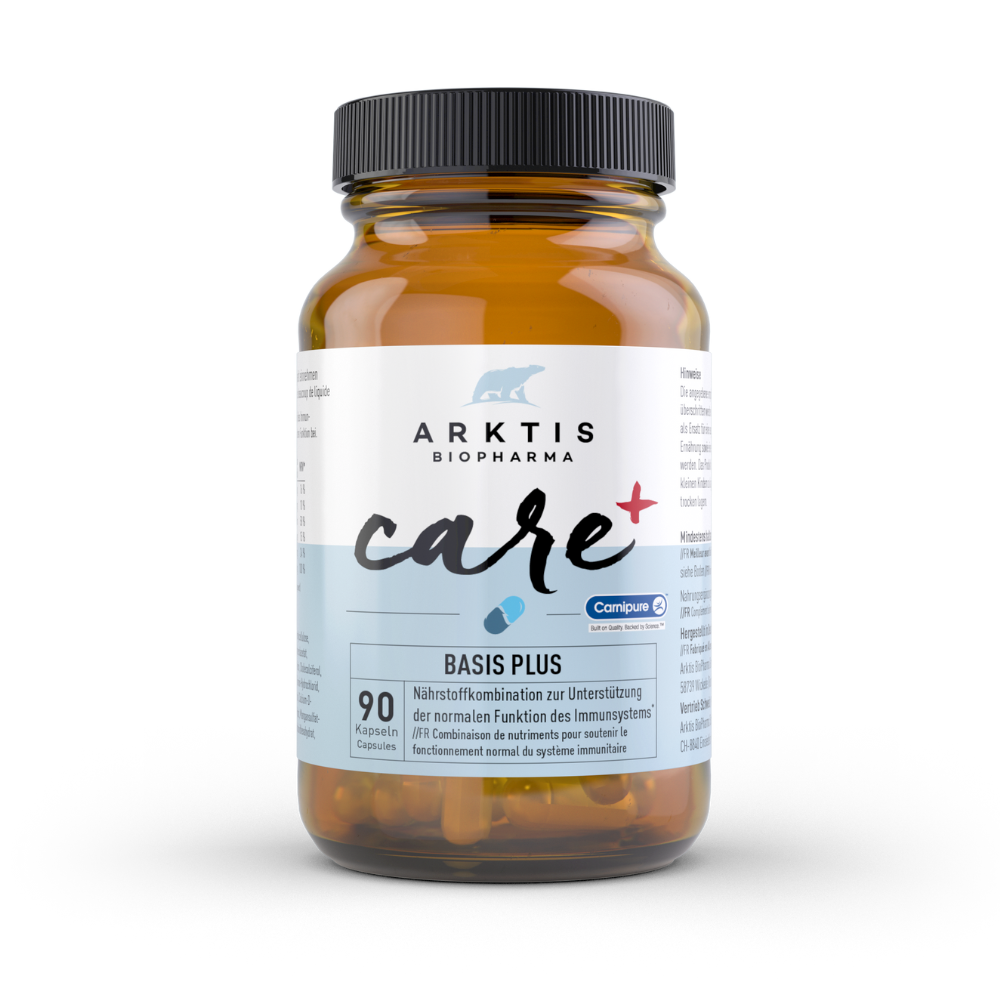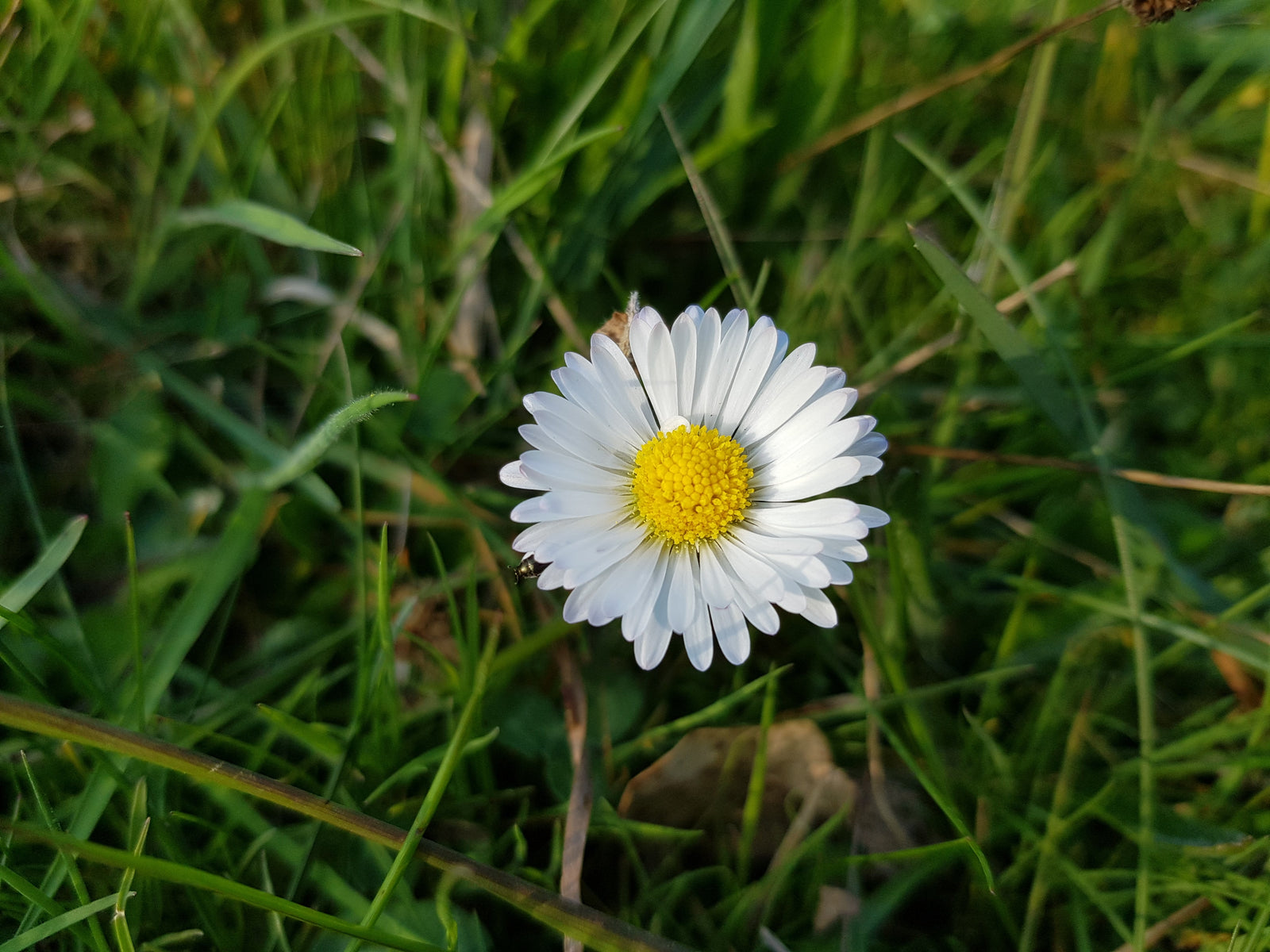I recently gave a presentation for Arktis BioPharma in Zurich as part of the "Pregnancy and Infants" symposium and during the preparation time I had to take a closer look at the vaginal microbiome and women's intimate hygiene. I had only dealt with this in a very rudimentary way in the past and found it so interesting that I decided to dedicate a separate article to the topic. Because I believe that a lot of women are hardly familiar with it and don't even know what an immense influence a healthy vaginal flora has.
Bacteria in the vagina
Let's start off on a sober note: in the beginning, there are hardly any bacteria in the vagina or rectum. Over the years, this changes and more and more bacteria colonize, so that after puberty, i.e. at childbearing age, the vaginal flora is made up of at least 50 different bacterial species. Lactobacilli, whose main tasks are to form a protective acid mantle and create a barrier to the outside, clearly dominate. After the menopause, the hormonal conditions change and the diversity decreases again.
Lactobacilli, which are also called "Döderlein bacteria" after their discoverer, feed on the dead vaginal cells, which provide them with very good nutrients. The fermentation of these nutrients (glycogen) produces lactic acid, which maintains the pH value in the vagina in a fairly acidic range between 4-4.5 (quite different from the blood, for example, where the pH value is around 7.36-7.44). This acidic environment inhibits the growth of intruders. In addition, toxic substances are produced that also directly kill and expel pathogens.
The exciting thing about lactobacilli is that there are subgroups that are even effective against HIV, herpes, gonorrhea and other sexually transmitted diseases! Isn't that an absolute miracle of nature? Scientists are racking their brains over some synthetically produced agent to get HIV under control, for example, and we have been carrying the solution around with us for ages! Provided the composition of our bacteria is right!
Bacterial vaginosis ... when the bad bacteria have a party
The problem arises when these lactobacilli decrease in number. As their numbers disappear, their protective function is also lost and "bad" bacteria have room to spread. This happens, for example, when excessive intimate hygiene is practiced, but also when your immune system is weakened in any way, i.e. by infections, stress and its effects, medication (which brings us back to antibiotics, among other things), but also hormonal changes such as the pill or similar hormonal changes. Contraceptives, the menopause and also during pregnancy.
When these "bad" bacteria get out of hand and start partying, it's called bacterial vaginosis. You may recognize it by the fishy smell of your discharge or itching or burning in the vaginal area. However, 50% of women do not develop any of these symptoms, which is tricky. Because then the bacteria can crawl up further and cause cystitis, for example. However, it is also possible that an unfulfilled desire to have children is due to such vaginosis. It is particularly tricky during pregnancy, as the bacteria that crawl up can cause a miscarriage or premature birth. In addition, the newborn's flora is negatively affected and the risk of developing an infection after delivery is significantly increased. In the long term, it can even increase the risk of cancer!
Pretty serious, isn't it? And that's just because of a few bacteria...
Conventional medicine usually uses antibiotics for this, how could it be otherwise? But, as we know, this not only destroys the bad bacteria but also the good ones. What's more, the bad ones have adapted to it, because bacteria are really clever! There is one type in particular, the gardnerella, which builds up a kind of camouflage coating around itself (this is called biofilm). Antibiotics are absolutely powerless against these biofilms. It is assumed that under this cloak of invisibility the bacteria exchange information and can therefore tolerate 1000 times higher concentrations of antibiotics! Yes, it certainly makes sense to use antibiotics against this ... cough cough. After about three months you'll have the whole salad all over again and you'll wonderfully breed worse and worse bacterial compositions.
If antibiotics absolutely have to be used, then please ALWAYS take a lactobacillus probiotic at the same time! Whether you do this orally or vaginally is up to you. I think a combination of both would probably make the most sense. Oral probiotics have the advantage that they also treat the gut, which serves as the main reservoir for the good bacteria, and therefore have a more lasting effect. Vaginal probiotics have a faster effect because they are administered directly on site and can directly influence the environment.
Taboo subject of intimate hygiene
As a preventative measure, you can do the following: try to avoid stress (yes, I know, much easier said than done ;-)) but it is all the more important to promote regeneration and ensure restful sleep. Avoid excessive personal hygiene and prefer breathable underwear and clothing. For daily intimate care for women, I can recommend the Colostrum Lotion Clean wash lotion and the Colostrum Cream Fresh for care.

Tampons and pads are not recommended during your period. Not only for environmentally friendly reasons, as they produce a lot of waste, but tampons can also dry out the vagina and, depending on how long they are left on, significantly change the environment. Pads also encourage this and provide the best conditions for bad bacteria and fungi to grow. Menstrual cups are much more suitable.
A varied, healthy and high-fibre diet is also recommended, whereby probiotic foods such as yoghurt, sauerkraut or other acid-fermented foods support natural colonization in the intestine and therefore also in the vagina.
Of course, intestinal cleansing is also essential here. You may want to have your hormone levels checked, as fluctuations in oestrogen and progesterone levels can also promote imbalances in the vaginal environment. Very importantly, and you should never forget this, your partner should also be examined and possibly treated too.
Fungal infections of the vagina
Fungal infections in the vaginal area are almost as problematic as the proliferation of bad bacteria. The most common fungi, or rather yeasts, are unfortunately often resistant to the usual antimycotics used in conventional medicine. Here, too, there is a high risk of long-term infertility. In addition, bad bacteria and fungi feel very comfortable next to each other and usually spread massively together and promote each other's growth. The causes of a fungal infection are actually very similar to those of bacterial vaginosis. In general, there is a disturbed body environment, which is often a combinationof chronic hyperacidity, a weakened immune systemand a dysharmonious intestinal flora.
Here, too, it is absolutely important, perhaps even more important than with the bacteria, to treat the partner , even if they usually do not notice any symptoms. In therapy, wild garlic or myrrh preparations and grapefruit seed or pomegranate seed extracts can be used, in more severe cases possibly also nystatins. However, this should always be followed by a build-up of the vaginal flora and the intestines with probiotics (lactic acid bacteria). You can try using buttermilk baths and yoghurt tampons to support the whole process.
I hope I have been able to teach you a little more about your wonderful body and perhaps you will now take a little better care of your stepchild, the vaginal flora ;-).

















